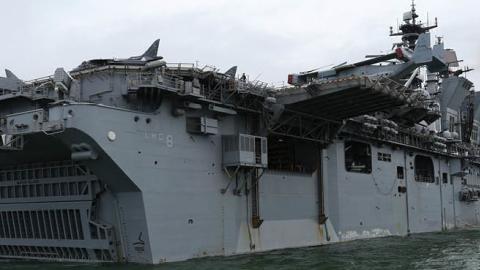The massive push toward electric vehicles presents risks and opportunities for America’s military. As adversaries make it harder for U.S. forces to reach and operate across long distances, the energy provided by advanced batteries can help the Pentagon achieve its multiple missions. This requires a secure innovation and production base for advanced battery technology, something the U.S. doesn’t have at the moment.
In 2008 Congress directed the Pentagon to create an office for “operational energy” to address the use of energy on the battlefield. The priority then was to reduce the Defense Department’s huge energy bills of around $20 billion a year. During one five-year period at the height of the wars in Iraq and Afghanistan, more than 3,000 American soldiers and contractors were killed in fuel-supply convoys. As Marine Gen. Jim Amos observed, the Marine Corps’ “thirst for liquid fuel” came at a heavy price.
In recent years, the Defense Department has revived its focus on operational energy to explore how new sources—especially batteries—can improve the military’s ability to sustain its platforms, weapon systems and soldiers in the field. Air Force Lt. Gen. Clinton Hinote recently observed that energy was still a “primary limiter to the types of operations that we’re able to do.”
Read the full article in the Wall Street Journal




















